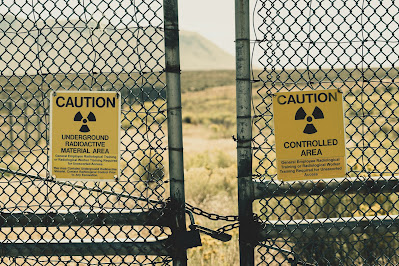Storytelling is an intrinsic human characteristic that has evolved over time. It originated with visual stories, such as cave drawings, and then shifted to oral traditions, where stories were passed down from generation to generation through word of mouth[1]. However, with the advent of technology and the digital age, the way we tell stories and consume information has undergone a significant transformation.
Shift to Written and Printed Stories
As civilizations progressed, there was a shift from oral storytelling to written and printed stories. The invention of the printing press allowed for the mass production of books, making stories more accessible to a wider audience. This marked a significant milestone in the evolution of storytelling, as it enabled the preservation and dissemination of stories on a larger scale.
Technological Advancements and All-Encompassing Experience
The use of advancing technologies, such as the camera and the internet, has further revolutionized storytelling in the digital age. These technologies have allowed humans to utilize all forms of storytelling through the years, including visual stories in photographs and spoken stories. The internet and its social media platforms have provided a platform for individuals to share their stories and keep themselves informed about current topics. This has resulted in a more all-encompassing storytelling experience, where people can engage with stories in various formats and interact with storytellers and other audience members.
Digital Storytelling and its Impact
Digital storytelling refers to the creative process of using digital technology as a medium or tool of expression. It has become increasingly prevalent in various fields, including education, marketing, and entertainment. Digital storytelling allows for the integration of multimedia elements, such as images, videos, and sound, to enhance the storytelling experience. This multimodal approach has the potential to captivate and engage audiences in new and immersive ways.
In education, digital storytelling has been recognized as a pedagogical tool to develop literacy and twenty-first-century competencies. It allows students to actively participate in the creation of their own stories, fostering creativity, critical thinking, and communication skills. Digital storytelling also offers opportunities for collaborative learning, as students can work together to create and share their stories.
In marketing and advertising, digital storytelling has become a powerful tool for brands to connect with their audience. Through compelling narratives and immersive experiences, brands can create emotional connections and establish brand loyalty. The use of social media platforms and interactive content has further amplified the reach and impact of digital storytelling in marketing campaigns.
The Future of Storytelling in the Digital Age
As technology continues to advance, the future of storytelling in the digital age holds immense potential. Virtual reality (VR) and augmented reality (AR) technologies are already being used to create immersive storytelling experiences, allowing audiences to step into the narrative and interact with the story world. Artificial intelligence (AI) and machine learning algorithms can personalize storytelling experiences based on individual preferences and behaviors, creating customized narratives for each audience member.
Furthermore, the rise of user-generated content and participatory storytelling has democratized the storytelling landscape. Anyone with access to digital tools and platforms can become a storyteller and share their stories with the world. This has led to a diverse range of narratives and perspectives, enriching the storytelling ecosystem.
In conclusion, storytelling has evolved significantly in the digital age. From its origins in visual and oral traditions, storytelling has embraced written, printed, and now digital formats. The use of advancing technologies has allowed for more immersive and interactive storytelling experiences. Digital storytelling has found applications in education, marketing, and entertainment, transforming the way stories are created, shared, and consumed. As technology continues to advance, the future of storytelling holds exciting possibilities for even more immersive and personalized experiences.
Citations:
[1] https://reporter.rit.edu/tech/evolution-storytelling
[2] https://www.forbes.com/sites/forbesbusinesscouncil/2021/05/24/storytelling-from-caves-to-the-digital-age/?sh=24ae9c836048
[3] https://www.researchgate.net/publication/307768515_Storytelling_in_the_Digital_Age
[4] https://www.futurelearn.com/info/courses/transmedia-storytelling/0/steps/27344
[5] https://www.mdpi.com/2071-1050/13/17/9829
[6] https://www.communitybridger.com/blog-posts/the-evolution-of-storytelling











Comments
Post a Comment